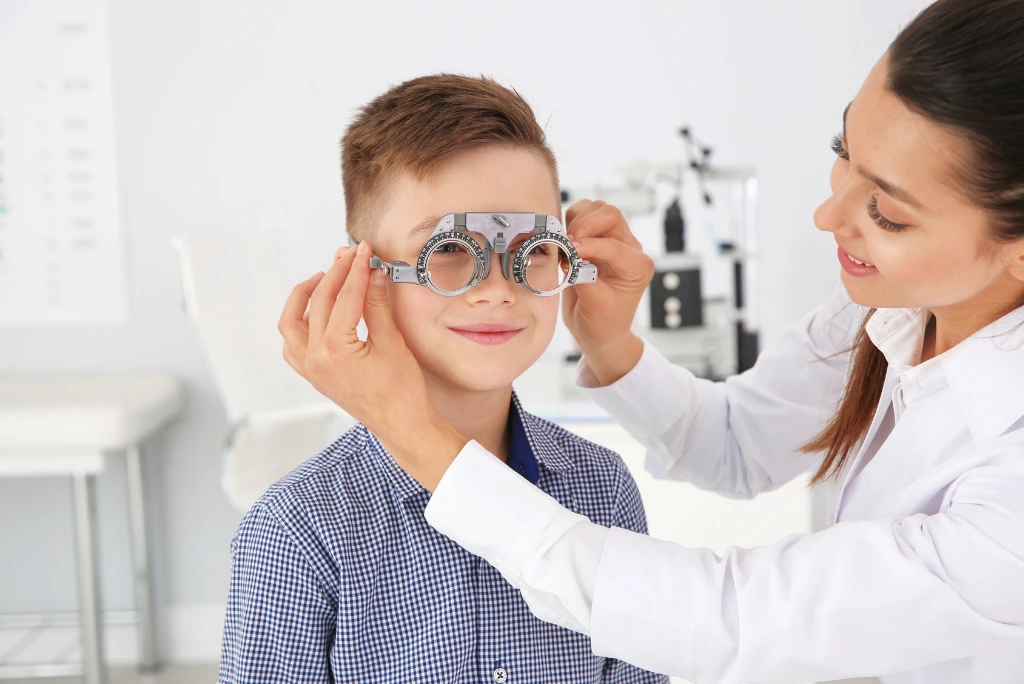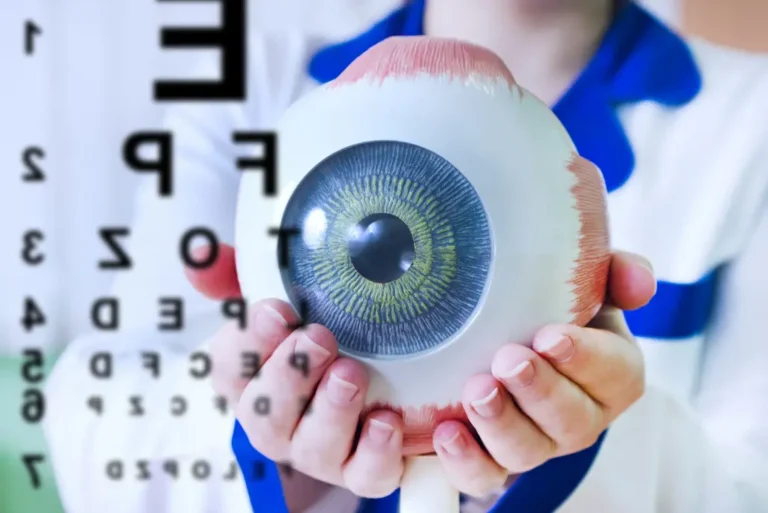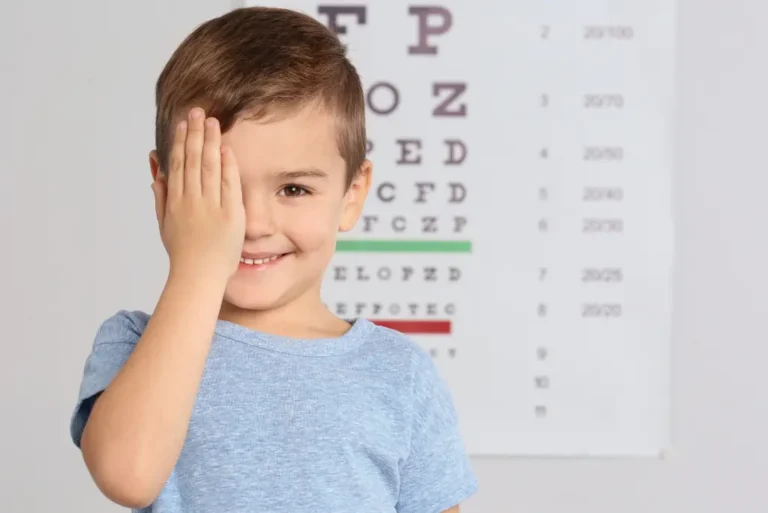When it comes to managing myopia in children, optometrists aren’t just prescribing glasses — they’re building long-term strategies to safeguard a child’s vision well into adulthood.
Why Optometrists Are Central to Myopia Control
Unlike ophthalmologists, who often focus on surgery and complex eye disease, myopia control specialists — optometrists with advanced training — see children regularly for early detection, monitoring, and proactive care.
They:
- Conduct comprehensive children’s vision correction assessments
- Track subtle changes in eye growth
- Adapt care plans over months and years to match a child’s needs
Inside the Optometrist’s Day
A week in a myopia-focused clinic might involve:
- Early screenings for children flagged by schools or parents
- Reviewing progress scans from existing patients
- Adjusting treatment plans based on axial length and lifestyle changes
- Coaching parents on daily habits like reading posture and outdoor time
These regular touchpoints mean the optometrist isn’t just reacting to vision changes — they’re anticipating them.
The Challenge of Early Action
Many parents wait until symptoms are obvious, but optometrists know myopia progression can be silent. Their goal is to start management before school performance or lifestyle is impacted.
“We often catch changes that parents can’t see yet. That’s when intervention is most effective.”
Brief Look at Treatment Options
While treatments like Ortho-K, myopia control glasses, and low-dose atropine, and repeated low-level red-light therapy are part of the toolkit, the real skill lies in:
- Matching the right solution to the child’s lifestyle
- Monitoring results and adjusting in real time
- Keeping both parent and child engaged in the process
For detailed breakdowns of treatments, see our dedicated posts on Myopia Control Plans and Clinic Technology.
Why Choosing the Right Optometrist Matters
Not all eye care providers offer myopia control. The right optometrist will:
- Have specialised equipment for measuring eye growth
- Be trained in paediatric communication
- Provide a long-term roadmap, not just a prescription
FAQ
Q: How often should my child see an optometrist for myopia control?
A: Typically every 3–6 months, depending on the rate of progression.
Q: Can an optometrist reverse myopia?
A: No, but they can slow or halt progression with the right plan.Q: Is this the same as a regular eye exam?
A: No — myopia control visits involve specialised tests and long-term monitoring.
Partner with an optometrist who understands childhood myopia. Find a myopia control specialist near you and start managing myopia early.




